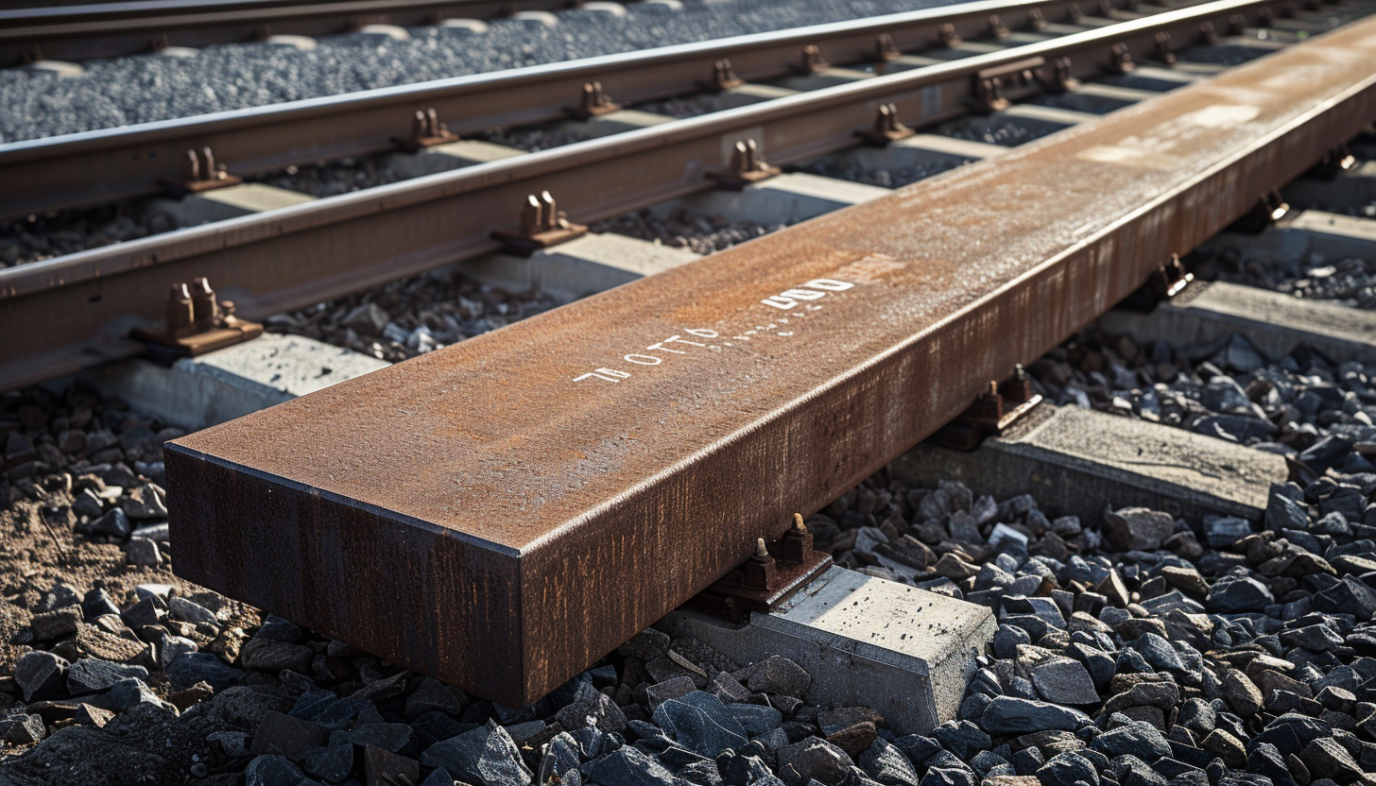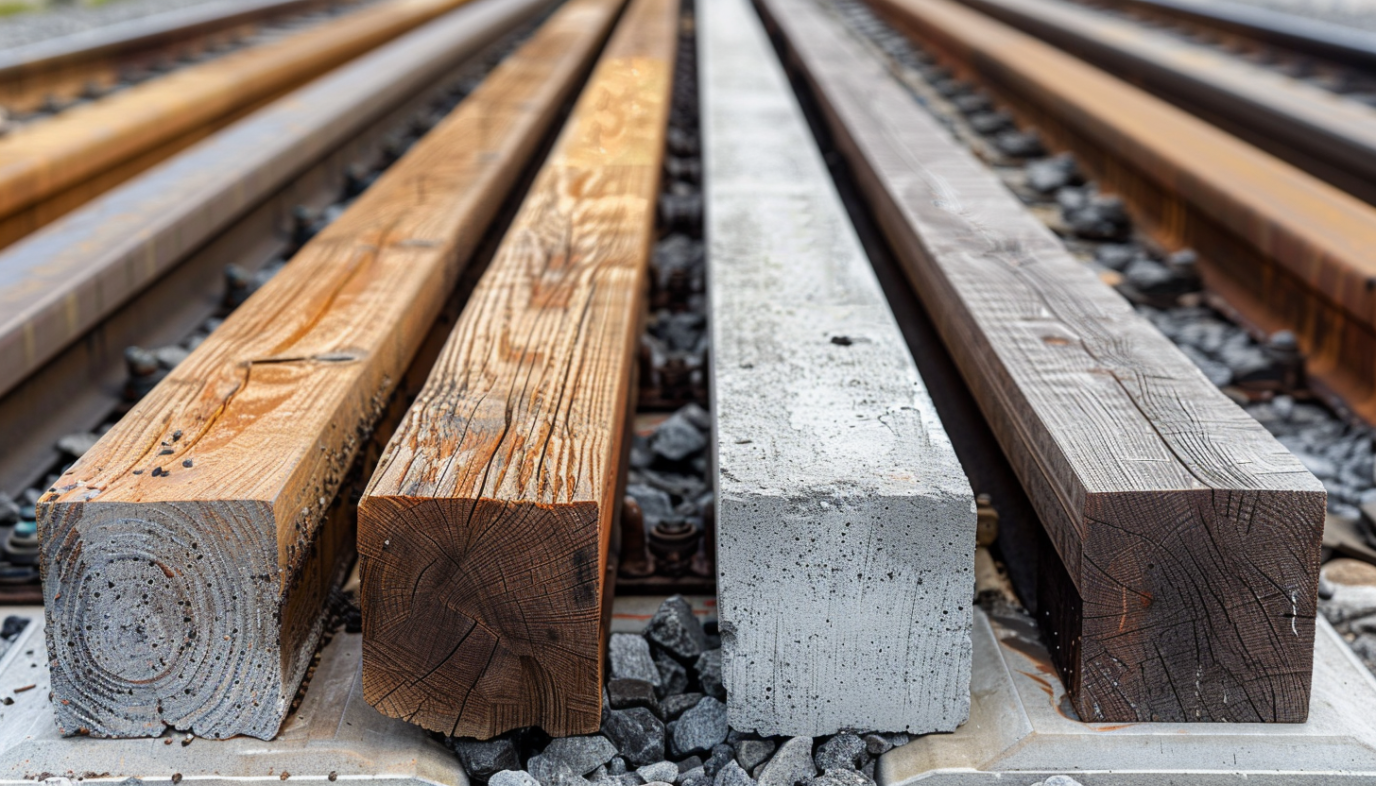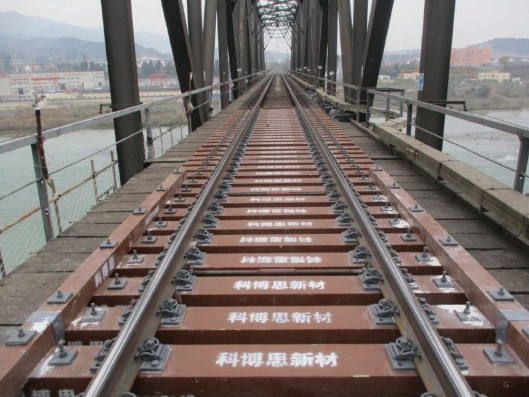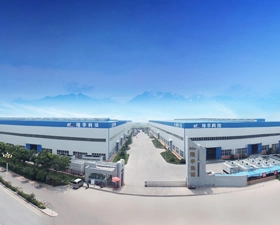Composite railway sleepers are a modern innovation designed for use in railway construction. These sleepers are made from advanced polymer and fiber-reinforced composite materials, offering enhanced durability and performance compared to traditional wood and concrete sleepers.
As the railway industry continues to evolve, composite railway sleepers are becoming increasingly popular for their various advantages. This comprehensive guide will provide insights into the materials, applications, performance, and cost efficiency of composite railway sleepers, as well as the current industry trends.

What Are Composite Railway Sleepers?
Composite railway sleepers are an alternative to traditional wooden, concrete, or steel railway sleepers (also known as railroad ties). They are typically made from advanced composite materials, typically including recycled plastics, fibers, and sometimes other additives like rubber or glass, to create a durable, lightweight, and environmentally friendly option for supporting railway tracks.
Functions of Composite Railway Sleepers
Support and Load Distribution: They bear the weight of the rails and rolling stock (trains), distributing the dynamic loads evenly to the underlying ballast and subgrade. This prevents excessive settlement or deformation of the trackbed.
Maintaining Track Gauge: They hold the rails at a precise distance apart (the gauge), ensuring stability and alignment for safe train movement. Fastening systems (clips, spikes, or screws) secure the rails to the sleepers.
Anchoring the Track: By providing a stable base, they resist lateral and longitudinal movement of the rails caused by train forces, temperature changes, or ground shifts.
Vibration and Noise Dampening: The materials in composite sleepers, such as recycled plastics or rubber additives, can absorb some of the vibrations and noise generated by passing trains, improving ride quality and reducing environmental impact.
Alignment and Stability: They maintain the correct geometry of the track (level, curvature, and elevation), which is critical for smooth and safe train operations, especially at high speeds.
Insulation (in some cases): Depending on the design, composite sleepers can offer electrical insulation, which is useful in electrified rail systems to prevent unwanted current flow through the track.
Their composite nature enhances these functions by making them resistant to rot, moisture, insects, and UV degradation, ensuring they perform reliably over a longer lifespan compared to some traditional materials. They also contribute to sustainability by reducing maintenance frequency and utilizing recycled materials.
Compare Composite Railway Sleepers with Traditional Wood and Concrete Sleepers
| Aspect | Composite Sleepers | Wood Sleepers | Concrete Sleepers |
| Material Composition | Recycled plastics, fibers (glass/carbon), rubber, or additives | Hardwood (oak, jarrah) or treated softwood | Reinforced/prestressed concrete with steel, cement, and aggregates |
| Durability | Highly resistant to rot, insects, moisture, UV, chemicals; lifespan 40-50+ years | Prone to rot, insects, and weathering; lifespan 15-30 years | Durable; resistant to biological damage but may crack; lifespan 40-60 years |
| Weight | Lightweight, easier to transport and install | Moderate, varies by wood type | Heavy (200-300 kg); needs machinery for handling |
| Strength & Load Capacity | Sufficient for most applications; less rigid than concrete | Good strength but inconsistent and degrades over time | Very strong and rigid; ideal for heavy freight & high-speed rail |
| Maintenance | Very low; rarely needs repair or replacement | High; frequent inspections and replacements needed | Low; occasional repair for cracks or corrosion |
| Environmental Impact | Eco-friendly; made from recycled materials; no chemical leaching | Forest impact; treated wood may leach chemicals | High carbon footprint from cement and energy use |
| Cost | Higher upfront than wood, similar to concrete; cost-effective long term | Lowest initial cost, but higher lifecycle cost | High initial and handling costs, but durable |
| Vibration & Noise | Elasticity reduces noise & vibration | Moderate damping, less effective as it ages | Rigid; may cause more noise & vibration |
| Installation & Handling | Easy to cut, drill, install; compatible with existing systems | Easy to handle; treatment may complicate | Needs specialized equipment and precise fitting |
| Applications | Light rail, freight, passenger lines, harsh climates, eco-sensitive areas | Older/rural tracks, light freight, regions with abundant wood | Heavy freight, high-speed rail, urban lines |

What are the Main Materials Used in Composite Railway Sleepers?
Composite railway sleepers are crafted from a strategic mix of materials, each chosen to enhance specific properties like strength, longevity, and environmental resistance. The primary components include:
Recycled Plastics
High-density polyethylene (HDPE) or polypropylene (PP), often sourced from recycled consumer goods like plastic bottles or industrial waste, forms the backbone of most composite sleepers. These thermoplastics act as a binding matrix, providing a lightweight yet robust structure.
Reinforcing Fibers
Glass fibers are the most common reinforcement, though carbon fibers or natural fibers (e.g., hemp or flax) are sometimes used. These fibers are embedded within the plastic to boost tensile strength and rigidity, ensuring the sleeper can handle the weight and forces of passing trains.
Rubber (Optional)
Recycled rubber, typically from discarded tires, is incorporated in some designs. This addition enhances flexibility and elasticity, making the sleeper more effective at absorbing vibrations.
Additives
Small amounts of UV stabilizers, antioxidants, and fire retardants are blended into the mix. These protect the sleeper from sunlight, oxidation, and fire hazards, while colorants may be added for aesthetic purposes.
Fillers (Optional)
Mineral fillers like calcium carbonate or talc, or even wood flour, are occasionally included to increase density, reduce costs, and improve stiffness or thermal stability.
A notable variant is Fiber-reinforced Foamed Urethane (FFU), a Japanese innovation that combines polyurethane foam with long glass fibers, mimicking wood’s texture while offering superior durability. The exact recipe varies by manufacturer, tailored to specific rail applications.
What Are the Performance Advantages of These Materials?
The materials in composite railway sleepers work together to deliver a range of performance benefits, making them a compelling choice for modern rail systems:
Durability: Recycled plastics and additives create a sleeper impervious to rot, insects, moisture, and UV degradation—issues that plague wooden sleepers. This translates to lifespans of 40-50 years or more, outlasting wood's 15-30 years and rivaling concrete's 40-60 years.
Strength and Stability: Reinforcing fibers provide the tensile strength needed to support heavy train loads, while the plastic matrix ensures consistent performance. Though less rigid than concrete, composite sleepers are engineered to meet diverse rail demands, from light transit to freight lines.
Vibration and Noise Reduction: The inclusion of rubber or the inherent elasticity of plastics helps dampen vibrations and noise—a significant advantage over rigid concrete sleepers, especially in urban areas or high-speed corridors.
Lightweight Design: Weighing closer to wood than concrete, composite sleepers are easier to transport and install, reducing labor and equipment costs without sacrificing functionality.
Environmental Sustainability: By utilizing recycled plastics and rubber, these sleepers reduce landfill waste and the need for virgin timber or energy-intensive cement production. Unlike treated wood, they don't leach harmful chemicals into the soil.
Low Maintenance: Their resistance to environmental wear means fewer repairs or replacements, lowering long-term costs compared to wood, which requires regular upkeep, or concrete, which can crack under stress.
These advantages make composite sleepers particularly suited to harsh climates, eco-conscious projects, or regions seeking to minimize rail maintenance.
How Are Composite Railway Sleepers Manufactured?
The production of composite railway sleepers involves advanced industrial processes that blend and shape the materials into a finished product. Here’s how it typically works:
Recycled plastics are collected, cleaned, and shredded into small pellets or flakes. Fibers, rubber, and additives are sourced and prepped, with precise ratios determined by the sleeper’s intended use.
The plastic pellets are melted in an extruder or mixing chamber, where fibers, rubber, and additives are thoroughly combined. This molten mixture forms a uniform composite material with the desired properties.
Extrusion: The most common method, where the molten composite is forced through a die to create a continuous sleeper profile, then cut to length.
Molding: Alternatively, the material is poured into molds and pressed into shape, often used for complex designs or smaller batches.
Cooling follows, solidifying the sleeper into its final form.
Sleepers may be drilled or fitted with inserts for fastening systems (e.g., clips or spikes). Surface treatments, like texturing for grip or additional UV coatings, can be applied to enhance performance.
Each sleeper is tested for strength, dimensional accuracy, and durability to ensure it meets railway standards (e.g., EN or AREMA specifications).
For FFU sleepers, the process differs slightly: polyurethane is foamed and combined with continuous glass fibers, then cured into a lightweight, wood-like structure. Regardless of method, the result is a precision-engineered product ready for the tracks.



 EN
EN
 jp
jp  ko
ko  fr
fr  de
de  es
es  it
it  ru
ru  pt
pt  ar
ar  tr
tr 














